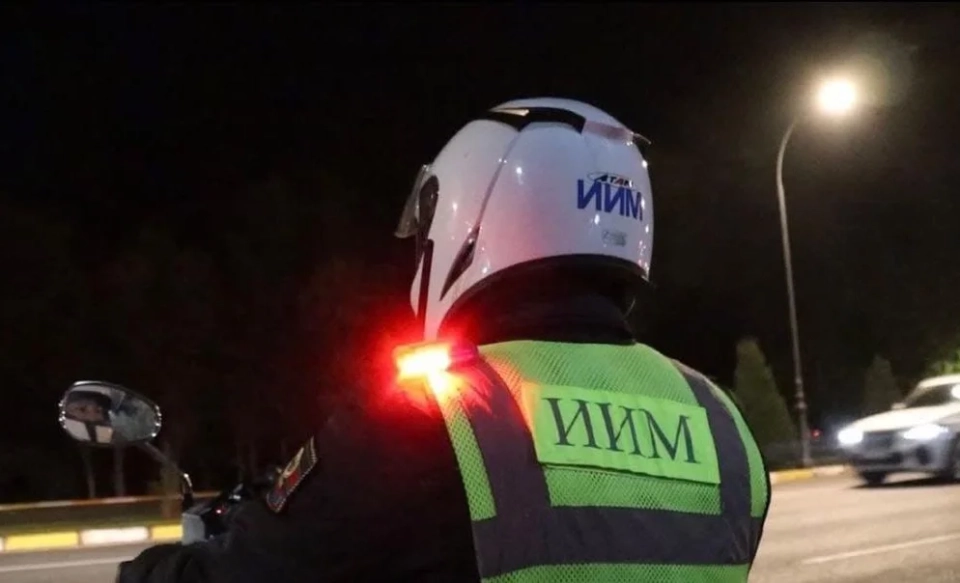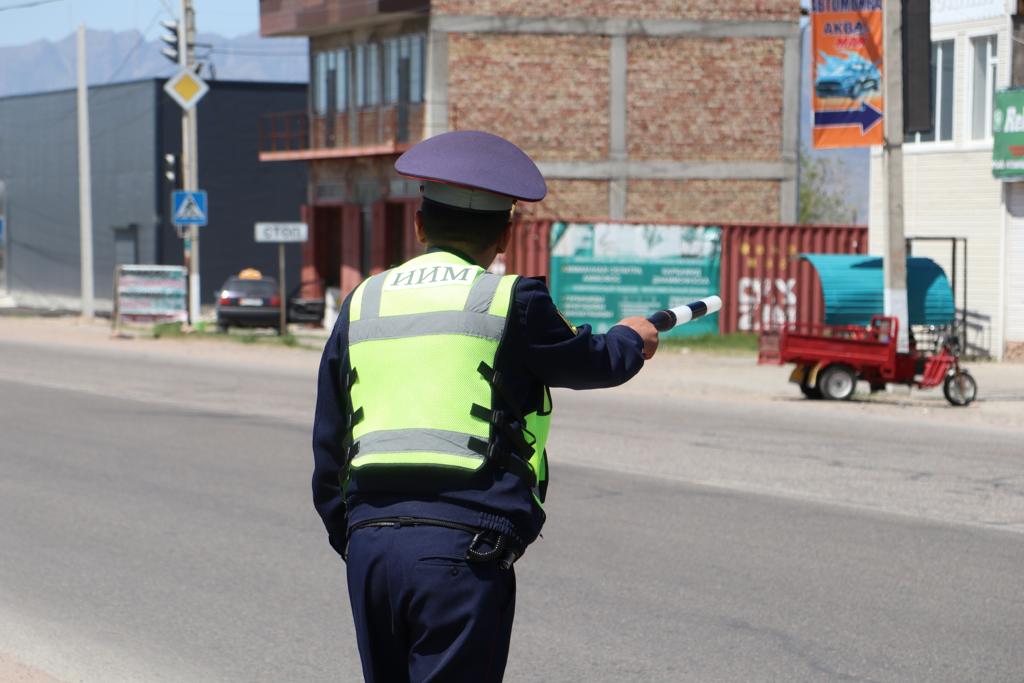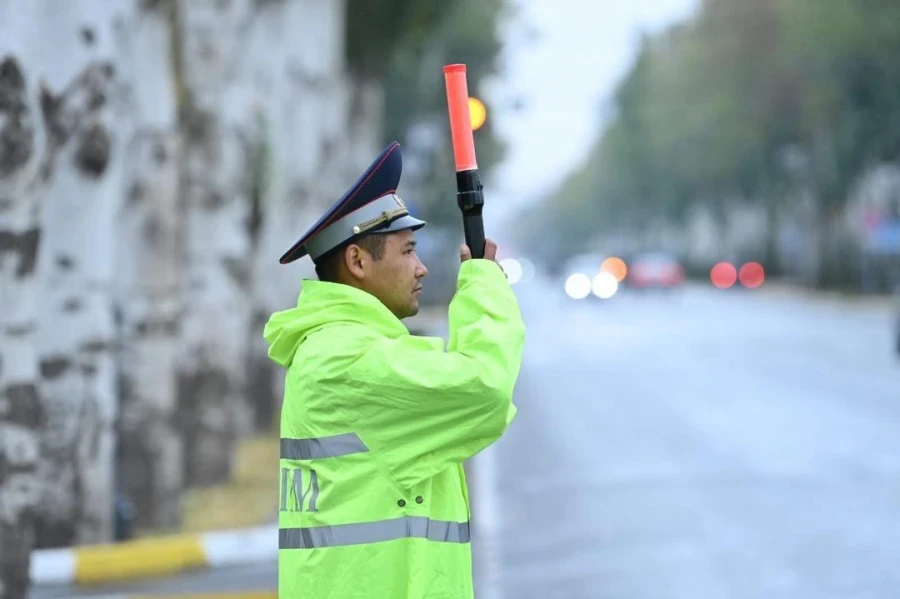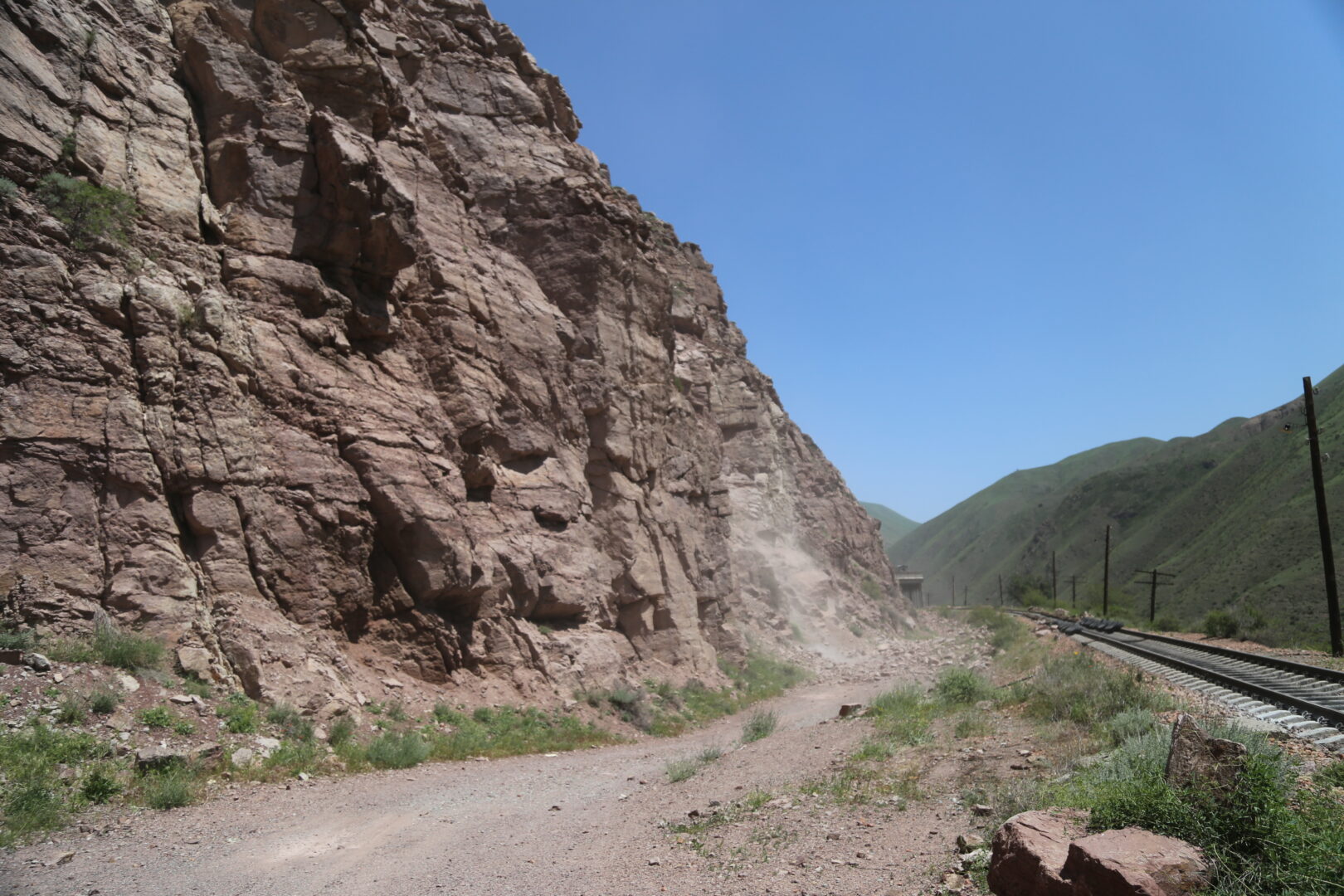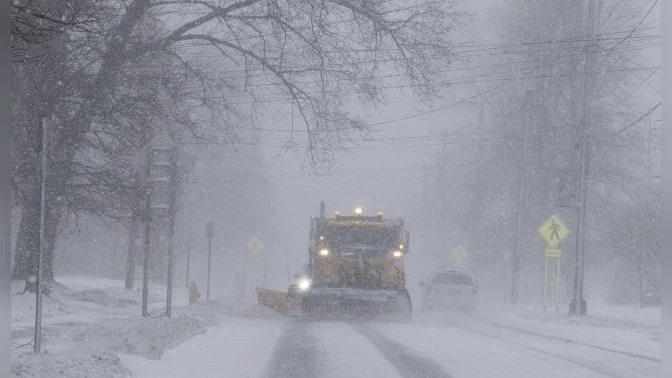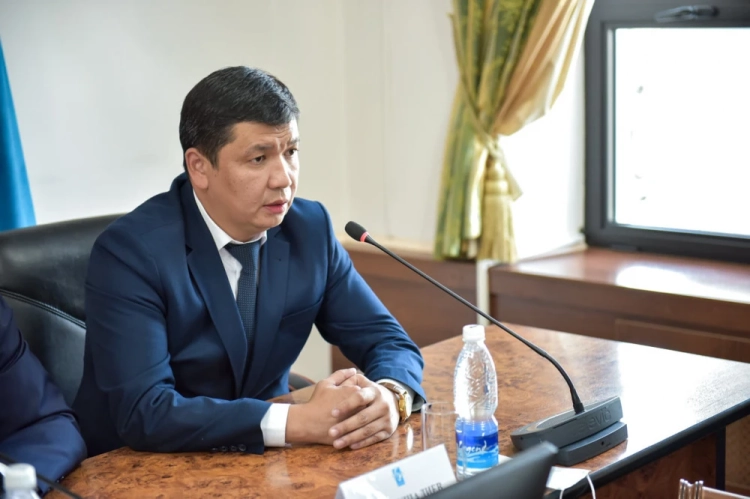One of the important innovations is the speed limit for trucks within populated areas — no more than 50 kilometers per hour. This rule does not apply to sections with established road signs that may allow higher speeds, such as 80 or 90 kilometers per hour.
This measure is aimed at improving pedestrian safety.
New rules for driving in conditions of poor visibility are also being introduced. In particular, the responsibilities of drivers and police during convoy movement in adverse weather conditions, such as blizzards, fog, snowfall, and rain, are clarified.
Overtaking, lane changes, and sudden stops will be prohibited in a convoy. If the number of vehicles in the convoy exceeds ten, at least two patrol cars must accompany it.
Changes have also affected passenger transport: buses in categories M2 and M3 are now allowed to stop at designated stops for passenger boarding and alighting.
The rules for using orange and yellow flashing beacons have also been simplified — there is no longer a need to obtain special permission or make changes to the vehicle's registration documents.
The use of magnetic beacons is now permitted in the following cases:
- during roadworks;
- when escorting large and dangerous cargo;
- when escorting groups of cyclists;
- when transporting children on buses.
The possibility of using an electronic route sheet is being introduced, which significantly simplifies documentation and control.
Additionally, all images of road signs and markings have now been digitized for better information perception.
Drivers are strongly advised to familiarize themselves with the new regulations and strictly adhere to traffic rules, as this directly affects the safety of all road users.

